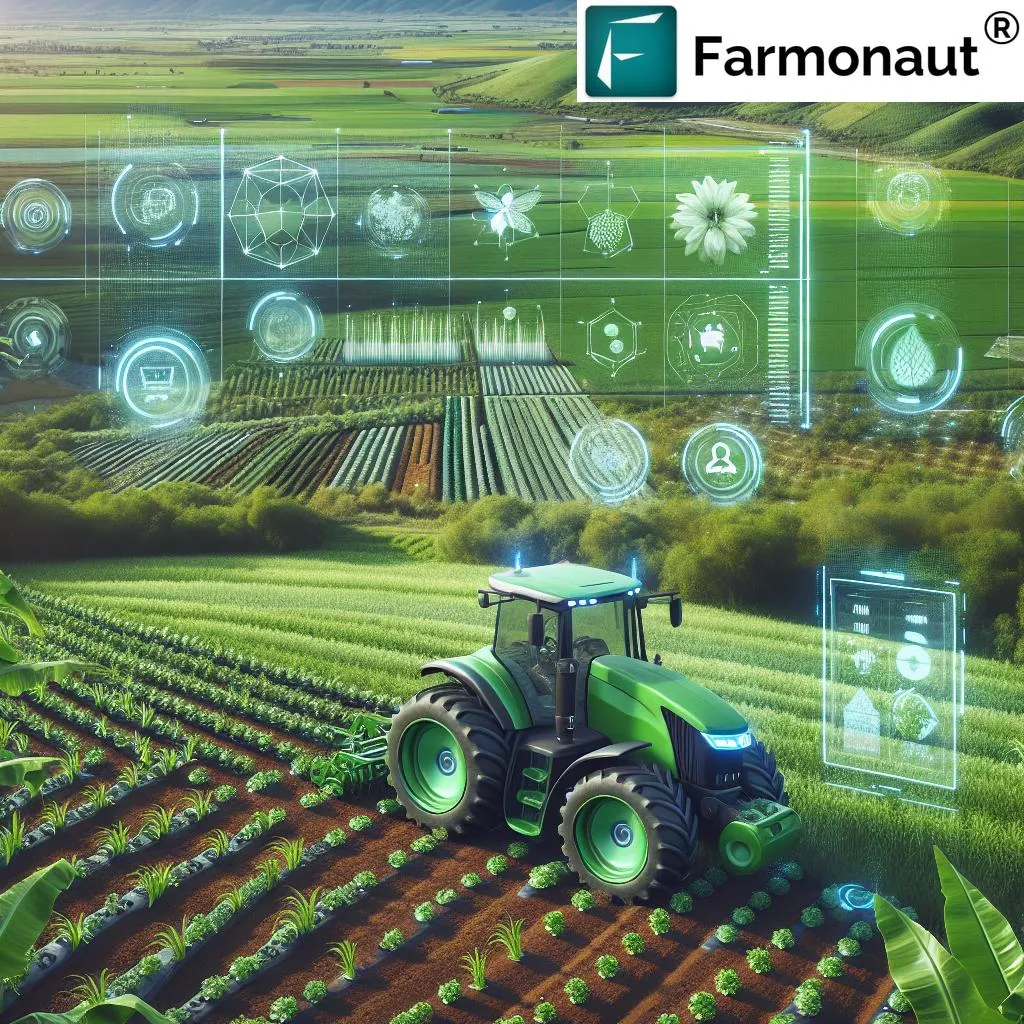In the ever-evolving landscape of precision agriculture, researchers have made a significant stride in streamlining crop monitoring and yield estimation. A recent study published in *Industrial Crops and Products* introduces a novel framework that integrates unmanned aerial vehicle (UAV) remote sensing, deep learning, and point cloud analysis to detect sunflower heads and measure their geometric parameters with remarkable accuracy. This breakthrough could revolutionize how farmers and agronomists approach yield prediction, making the process more efficient and less labor-intensive.
The research, led by Yong Dong of the Aerospace Information Research Institute, Chinese Academy of Sciences, and the University of Chinese Academy of Sciences, addresses a critical challenge in agriculture: the accurate monitoring of sunflower heads. Traditional methods of manually counting and measuring sunflower heads are not only time-consuming but also prone to human error. The proposed method leverages multi-modal UAV data and a Dual-Branch YOLOv10n model to detect sunflower heads at various growth stages with high precision. The study reports impressive results, with the detection model achieving a precision of 0.9, a recall of 0.894, and a mean average precision (mAP@50) of 0.932.
One of the standout features of this research is the use of feature indices and a two-step clustering technique to extract sunflower head point clouds. From these point clouds, geometric parameters such as diameter and volume are computed. The study found a strong correlation (R2 = 0.80) between the diameter measurements from the point cloud and ground-truth data, while the volume measurements showed good alignment with biomass (R2 = 0.61). These findings suggest that the method could be a game-changer for field-scale crop monitoring and yield estimation.
“The integration of UAV remote sensing and deep learning offers a scalable and efficient solution for precision agriculture,” said Yong Dong, lead author of the study. “This method not only reduces the labor involved in manual measurements but also provides more accurate and timely data for decision-making.”
The commercial implications of this research are substantial. For farmers, the ability to accurately predict yield early in the growing season can inform critical decisions about resource allocation, harvesting schedules, and market strategies. Agronomists and agricultural consultants can also benefit from more precise data, enabling them to provide tailored advice to farmers and optimize crop management practices.
Moreover, the methodology developed in this study is not limited to sunflowers. The principles and techniques can be adapted to other crops, paving the way for broader applications in precision agriculture. As the technology becomes more accessible and affordable, it has the potential to democratize precision agriculture, making advanced monitoring and yield estimation tools available to a wider range of farmers.
The study’s findings were published in *Industrial Crops and Products*, a testament to the growing intersection of technology and agriculture. The research highlights the importance of interdisciplinary collaboration in driving innovation in the agricultural sector. As we look to the future, the integration of UAV remote sensing, deep learning, and point cloud analysis is poised to play a pivotal role in shaping the next generation of agricultural practices.
In the words of Yong Dong, “This is just the beginning. The potential for these technologies to transform agriculture is immense, and we are excited to explore further applications and refinements.” As the agricultural sector continues to embrace technological advancements, the work of researchers like Yong Dong will be instrumental in shaping a more efficient, sustainable, and productive future for farming.

